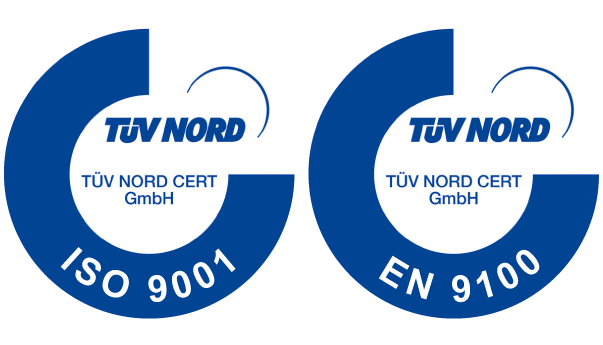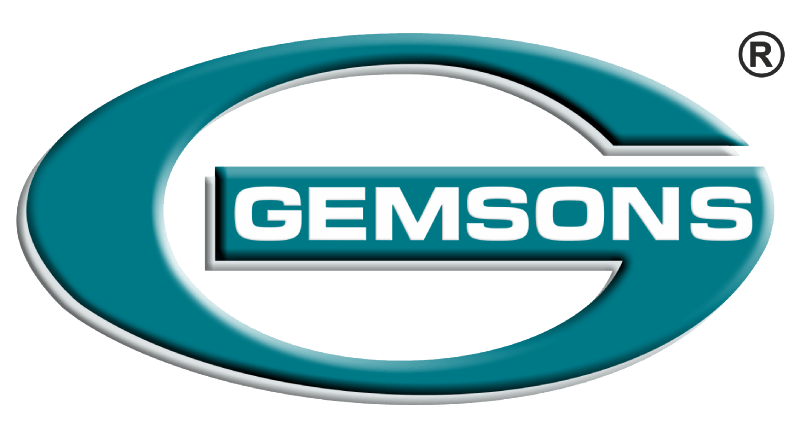Investment casting is typically used to create complex-shaped components with tighter tolerances, thinner walls, and a better surface finish than sand casting can provide. The method of making the mould is what distinguishes investment casting.
Investment casting has become one of the most common manufacturing methods for recreating delicate designs with minimum machining in the modern age. It was first widely used in dentistry to make crowns and inlays. Still, it was quickly adopted by a variety of other industries, including aerospace, automotive, sporting goods, and the military.
Investment casting has several advantages over sand casting.
Recreating Designs
The ability to reproduce highly detailed models, including those with small features and thin walls, is one of the primary reasons why investment casting is often the chosen manufacturing process. Investment casting’s level of detail is sufficient for industries that depend on high-precision tools and parts, such as automobiles and aerospace. In addition, forward-thinking jewellery designers are beginning to see the advantages of investment casting.
Casts Come Out With Smooth Surfaces.
The metal casts that emerge from the mould have surprisingly smooth surfaces due to the method of enveloping the master pattern with a refractory material slurry. Metal casts will still need some post-processing to make them flawless, but it will take much less time and effort.
Good Dimensional Accuracy
In investment casting, the use of refractory materials for the mould aids in the preservation of the master pattern’s original dimensions. When exposed to fire, this dimensional stability translates to metal casts that are scale-wise faithful to the master pattern. Investment casting can achieve tolerances as low as 0.07 millimetres, according to experts.
Minimizing Material Input
All casting methods have several design advantages, including reducing material inputs and shape structures that would not be easy to accomplish without extensive machining or assembly.
Versatility
One of the most significant advantages of investment casting is the mould’s flexibility. Since the mould is disposable and wax designs can be easily dissolved in liquid form, manufacturers have much leeway when designing investment cast items. Unlike most other moulding and casting processes, investment casting allows for even more complex design capabilities.
Uses of investment casting
Investment castings may be used in a variety of ways. These metal components are used the most in the aerospace, power generation, automotive, construction, commercial, food service, oil and gas, and flow control industries. Cast components are used in the weapons industry for receivers, triggers, hammers, and other precision parts. Also, beverage industry equipment manufacturers and foreign pressure relief valve manufacturers in the oil and gas industry use investment castings.
Investment casting is an old and well-established manufacturing method, but when combined with 3D printing, it takes on a whole new meaning. While 3D printing does not solve all of the problems with investment casting, it makes it more feasible for manufacturing companies to automate or improve accuracy and throughput.


Recent Comments